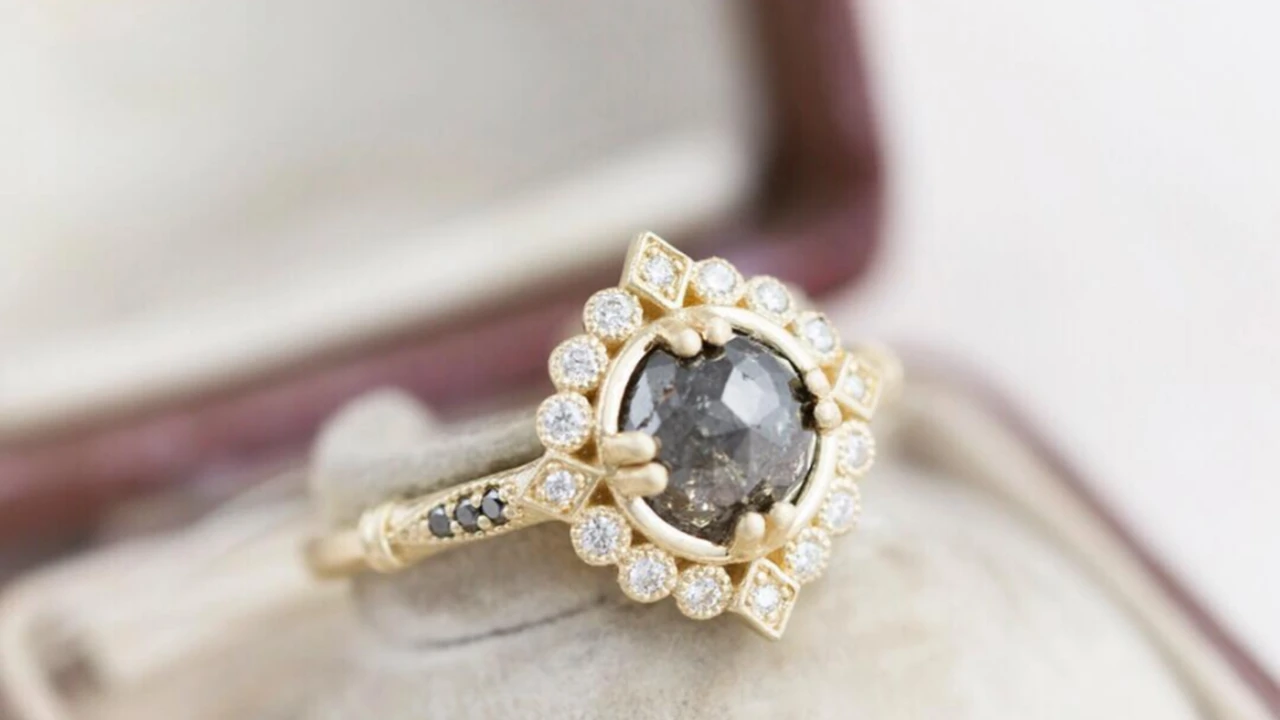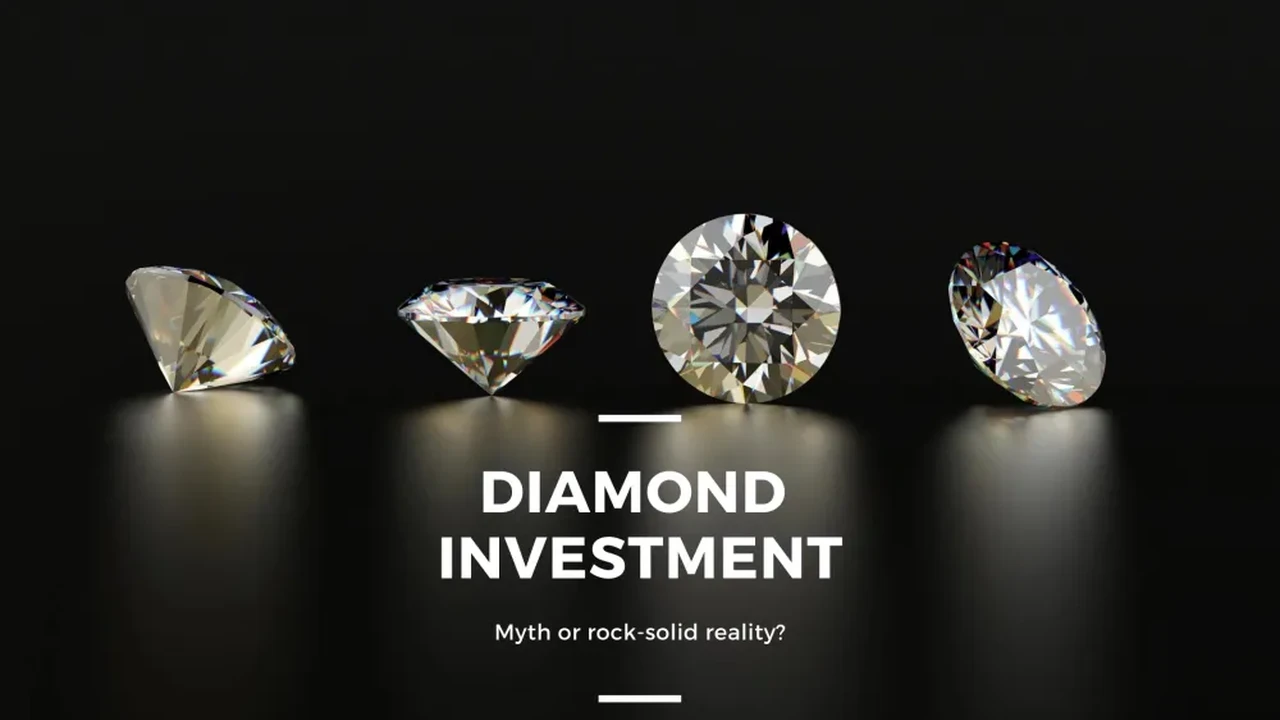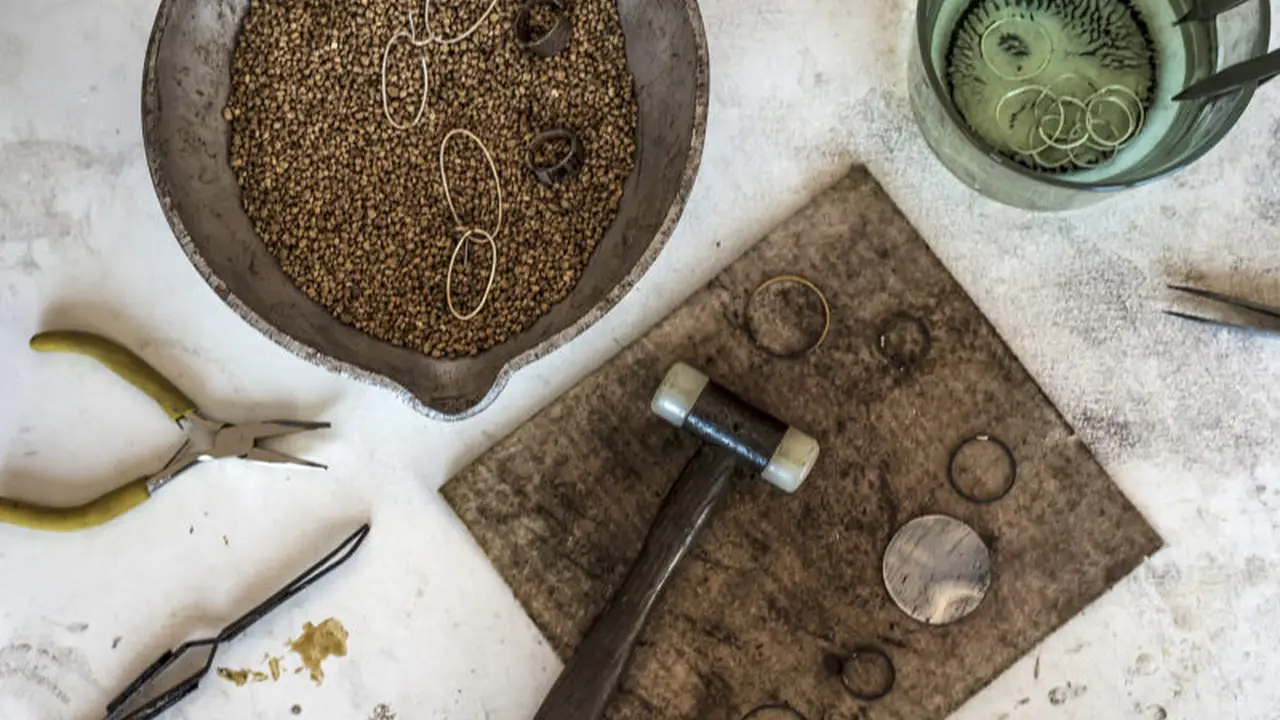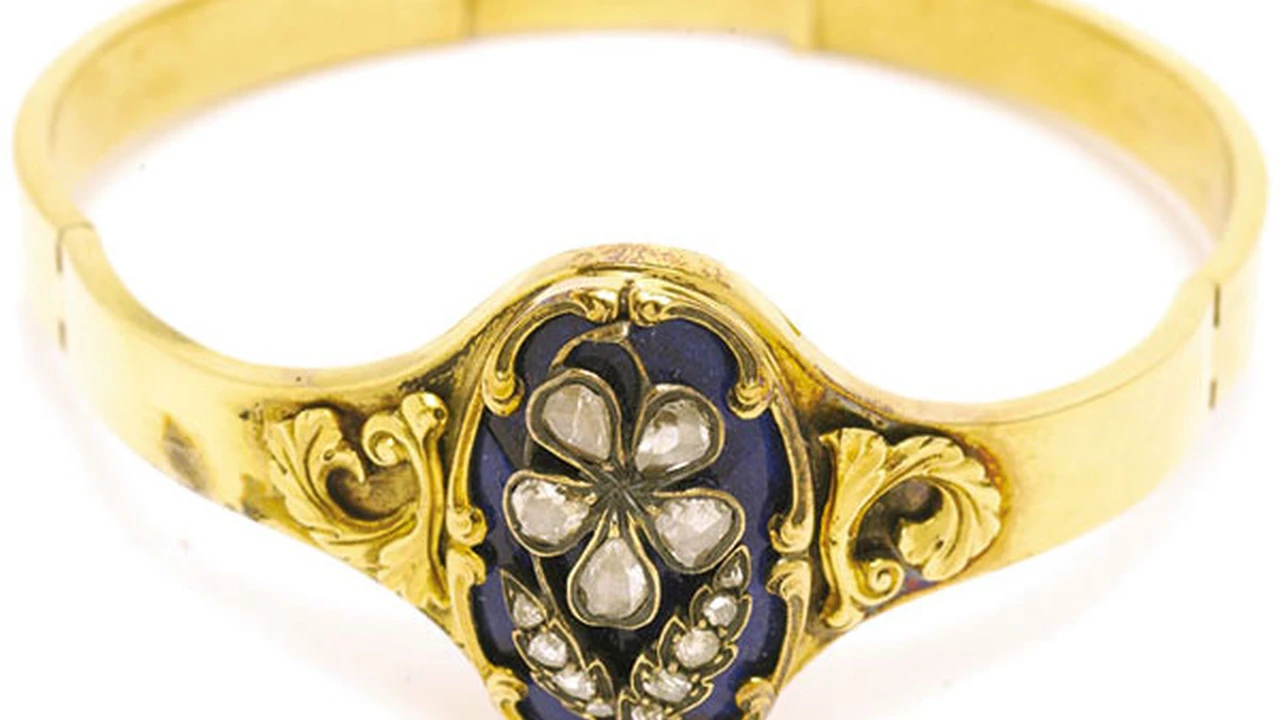7 Common Mistakes to Avoid When Caring for Antique Jewelry
Learn about common mistakes to avoid when caring for antique jewelry and how to prevent them.
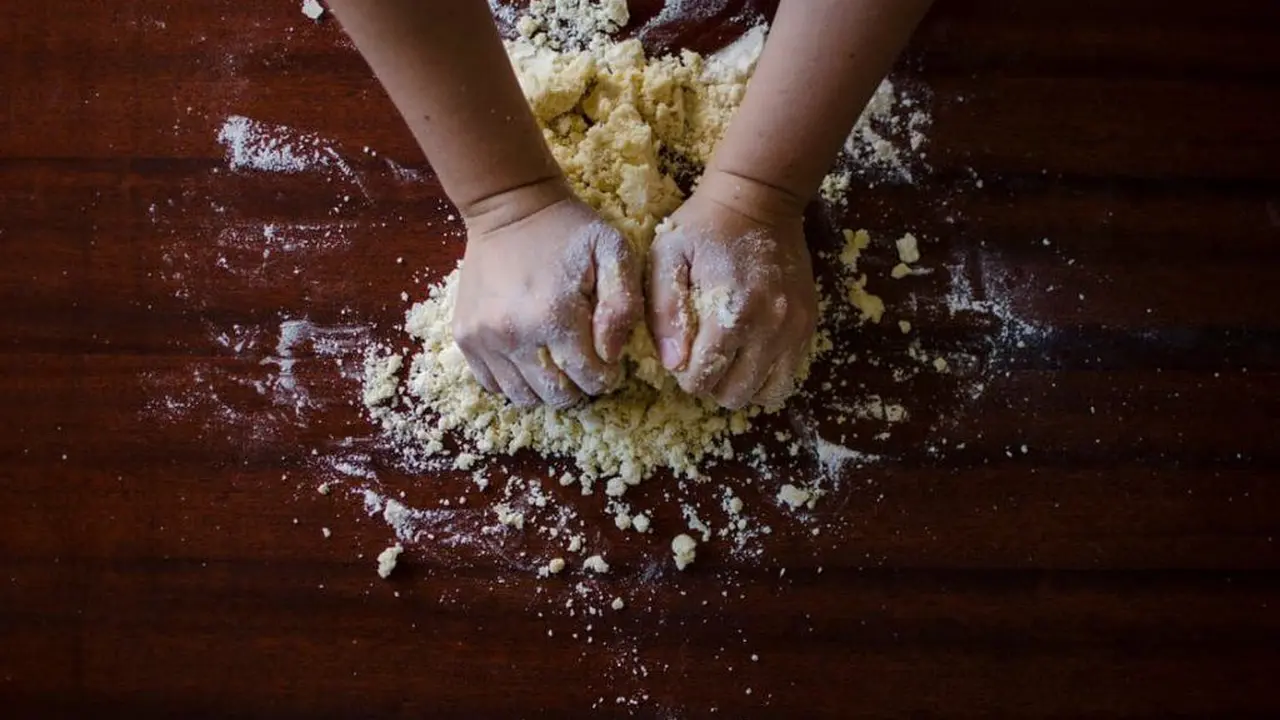
Introduction: Why Antique Jewelry Care Matters
Okay, so you've got some gorgeous antique jewelry, right? Maybe it's a family heirloom, a lucky find at a flea market, or a carefully curated piece from an estate sale. Whatever the story, you want to keep it looking its best. But here's the thing: antique jewelry is delicate. It's seen a lot of history, and modern cleaning methods can actually do more harm than good. Let's dive into some common mistakes and how to avoid them!
Mistake #1: Using Harsh Chemicals on Antique Jewelry
This is a big one! Think twice before reaching for that commercial jewelry cleaner. Many contain harsh chemicals like ammonia, bleach, or abrasives that can damage delicate gemstones, erode metal finishes, and even dissolve some types of antique settings. These chemicals can also react with the patina, which is the aged surface finish that gives antique jewelry its unique character and value.
The Fix: Stick to gentle methods. Warm water, mild dish soap (like Dawn), and a soft-bristled brush (like a baby toothbrush) are your best friends. Gently scrub away dirt and grime, then rinse thoroughly and pat dry with a soft cloth. For specific materials, like silver, use a specialized silver cleaning cloth.
Mistake #2: Over-Polishing Antique Metals and Gemstones
We all love a good sparkle, but over-polishing is a no-no. Constant polishing can wear down the surface of the metal, especially on pieces with intricate details or delicate filigree work. On gemstones, harsh polishing can scratch the surface and dull their brilliance. Plus, frequent polishing removes the natural patina, making the jewelry look newer than it actually is, which can decrease its value to collectors.
The Fix: Polish sparingly. Only polish when absolutely necessary to remove tarnish or grime. Use a soft, lint-free cloth and gentle polishing compounds specifically designed for antique jewelry. Focus on the metal parts and avoid rubbing the gemstones too vigorously.
Mistake #3: Soaking Antique Jewelry in Water
While a quick rinse is fine, prolonged soaking can be detrimental, especially for jewelry with delicate settings or porous gemstones like opals, pearls, and turquoise. Water can seep into cracks and crevices, weakening settings and causing gemstones to lose their luster or even crack. This is especially true for pieces with foiled backings (a technique used to enhance a gemstone's brilliance), as water can damage the foil and diminish the stone's sparkle.
The Fix: Avoid soaking. If you need to clean a piece, use a damp cloth and gentle cleaning solution. Dry it thoroughly immediately after cleaning. For porous gemstones, consider using a dry cleaning method, such as a soft brush or specialized cleaning cloth.
Mistake #4: Ignoring Gemstone Specific Care for Antique Rings and Necklaces
Different gemstones require different care. For example, pearls are very soft and easily scratched, while diamonds are much more durable. Opals are particularly sensitive to changes in humidity and temperature, while emeralds can be damaged by ultrasonic cleaners. Failing to consider the specific needs of each gemstone can lead to irreversible damage.
The Fix: Research the gemstones in your jewelry. Understand their hardness, porosity, and sensitivity to chemicals and temperature. Use appropriate cleaning methods and storage techniques for each type of gemstone. If you're unsure, consult a professional jeweler.
Mistake #5: Storing Antique Jewelry Incorrectly
Tossing your antique jewelry into a jewelry box can lead to scratches, tangles, and other damage. Metal can tarnish when exposed to air, especially in humid environments. Gemstones can be scratched by harder materials. Improper storage can also accelerate the deterioration of delicate settings and clasps.
The Fix: Store each piece separately in a soft pouch or lined jewelry box. Keep silver jewelry in airtight bags to prevent tarnishing. Store jewelry in a cool, dry place away from direct sunlight and extreme temperatures. Consider using silica gel packets to absorb moisture in humid climates.
Mistake #6: Wearing Antique Jewelry During Strenuous Activities
Gardening, exercising, cleaning, or even just typing on a keyboard can expose your antique jewelry to unnecessary wear and tear. Impacts, scratches, and exposure to chemicals can damage delicate settings, loosen gemstones, and dull the finish. Sweat and lotions can also contribute to tarnish and corrosion.
The Fix: Remove your jewelry before engaging in any strenuous activities. This includes household chores, sports, and even sleeping. Store your jewelry safely while you're not wearing it.
Mistake #7: Not Seeking Professional Help When Needed for Antique Pendants and Brooches
Sometimes, DIY cleaning and repairs just aren't enough. If you notice loose gemstones, broken settings, or significant damage, it's best to consult a professional jeweler who specializes in antique jewelry restoration. Attempting to fix these issues yourself can often make the problem worse and potentially devalue the piece.
The Fix: Find a reputable jeweler with experience in antique jewelry repair. Ask for references and review their portfolio. Be sure to discuss the repair process and the materials they will be using before authorizing any work.
Product Recommendations and Usage Scenarios
Here are a few product recommendations to help you care for your antique jewelry:
- Connoisseurs Jewelry Cleaner: This brand offers gentle cleaning solutions specifically formulated for different types of jewelry, including antique pieces. Usage Scenario: Use the delicate jewelry cleaner for pearls, opals, and other sensitive gemstones. Price: $10-20.
- Sunshine Polishing Cloth: These cloths are infused with a mild polishing compound that removes tarnish and restores shine to silver and gold. Usage Scenario: Gently rub tarnished silver jewelry with the cloth to remove tarnish and restore its luster. Price: $5-10.
- Soft Jewelry Pouches: These pouches protect your jewelry from scratches and tangles when stored. Usage Scenario: Store each piece of antique jewelry in its own pouch to prevent damage. Price: $1-5 per pouch.
Product Comparisons: Choosing the Right Cleaning Method for Vintage Earrings and Bracelets
Let's compare a few cleaning methods:
- Harsh Chemical Cleaners vs. Gentle Soap and Water: Harsh chemicals can damage delicate gemstones and erode metal finishes, while gentle soap and water is a safe and effective way to remove dirt and grime.
- Ultrasonic Cleaners vs. Hand Cleaning: Ultrasonic cleaners can be too harsh for some antique jewelry, especially pieces with delicate settings or porous gemstones. Hand cleaning with a soft brush is a gentler alternative.
- Polishing Compounds vs. Polishing Cloths: Polishing compounds can be abrasive and should be used sparingly, while polishing cloths offer a gentler way to remove tarnish and restore shine.
By understanding these common mistakes and following these simple tips, you can keep your antique jewelry looking its best for generations to come. Remember, gentle care and professional help are key to preserving the beauty and value of these timeless treasures!
:max_bytes(150000):strip_icc()/277019-baked-pork-chops-with-cream-of-mushroom-soup-DDMFS-beauty-4x3-BG-7505-5762b731cf30447d9cbbbbbf387beafa.jpg)



